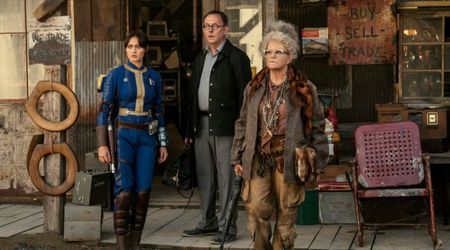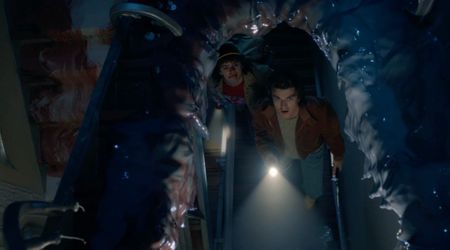'Blackfeet Boxing: Not Invisible' Review: For Native American women, it's a fight for survival

In June 2017, a young Native American woman, Ashley Loring, went missing. It's June 2020 and she is still missing from the face of the earth. She's not the only one. Native American women contribute to 3% of Montana's population, and since January 2018, more than 100 indigenous women and girls in Montana have either gone missing, been murdered or their status remains unknown, according to Sovereign Bodies Institute.
It just goes on to say that Ashley, termed as a talented basketball player by her friends and family, isn't a unique case. She's a part of a larger tragedy. 'Blackfeet Boxing: Not Invisible' charts the tragedy of these Native American women and the extreme violence, alcohol and drug abuse that snuffs their lives out of them. In Blackfoot Nation Boxing Club, these women who want to survive, find hope. Hope to see another day and hope towards a better and secure future.
The 30-minute documentary opens with Kimberly Loring, Ashley's sister, and a group of women searching for the missing Ashley. Elsewhere, in a crowded and a busy gym, with sweat glistening off their arms and foreheads, young boys and girls can be seen in an intense boxing training session where they're sparring, punching the bag and exercising under the watchful eyes of Frank Kipp, a third-generation boxer who served as a probation officer in Montana for six years. While reviewing this documentary, it was honestly hard to ignore Stan Bush's 'Fight to Survive' from 'Bloodsport' playing at the back of the mind. The intensity and the effort that goes in just goes on to show how much these women care for their lives and that of their close ones.

The club was founded in 2003 and has trained over 500 boys and girls. Some of them have gone on to gain national fame and one of them happens to be Donna Kipp, his daughter. The documentary takes the viewers through a journey of self-discipline and self-defense these women are taught so as to keep themselves out of harm's way. And parallelly, the Ashley storyline runs with a brief glimpse of her past and details of her disappearance. The MMIW (Murder and Missing Indigenous Women) movement picks up steam and is explained over the course of the series.
There's also some light shed on Mamie Kennedy, a promising 14-year-old boxer who quits the club after getting involved with drugs and alcohol. The end of the documentary comes with a silver lining as Mamie returns to train after a gap and that signals that these women are really looking for a change. 'Blackfeet Boxing: Not Visible' is more than just proving a point. It brings with it a sense of fighting spirit solely meant to increase the endurance levels and fight back against the ill-treatment they're subject to.
It's a tad difficult to place 'Blackfeet Boxing' in the documentary category as it has a rather short runtime and a bunch of storylines that are weaved in. While an hour's duration would have been a lot better to go in-depth into Blackfoot Nation Boxing Club, the documentary still manages to pack in as much as it can using the Ashley disappearance as an example to get a movement underway. Kristen Lappas brings in another scintillating feature after the Emmy winner 'A Mountain to Climb' and this one strikes a chord.
'Blackfeet Boxing: Not Invisible' premieres on June 30 at 7.30 pm ET on ESPN.










